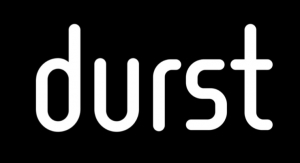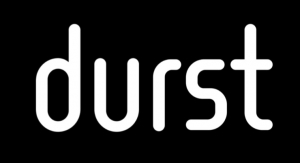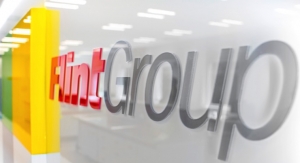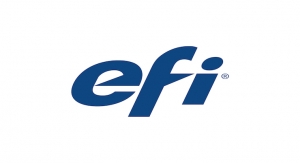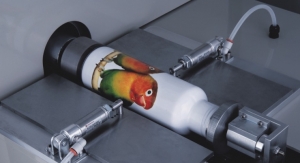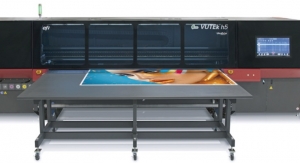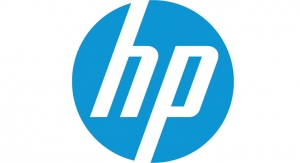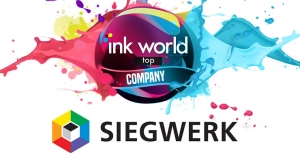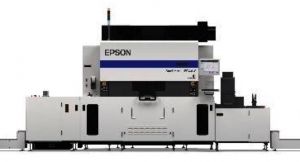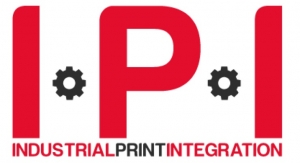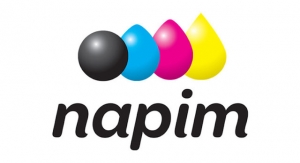Xeikon10.18.17
The world of print is changing rapidly. Recent advancements in the digital field are creating multiple opportunities for authors, publishers and printers alike. Yet not everyone is eager to adopt digital print technology, some preferring to stick with offset instead and some choosing the middle ground. Are you, too, torn by the offset versus digital dilemma? Let’s settle this once and for all.
A sizable risk
Offset printing, of course, requires new plates for each job and hence comes with a higher initial cost than digital. Once the offset press is running, however, the actual cost of applying ink to paper does become smaller compared to that of a digital press. With the cost per unit dropping as the print run increases, publishers have to order print books in bulk for an offset printing project to remain cost-effective. Needless to say, offset print technology comes with a sizable risk of unsold inventory. That’s why more and more publishers opt for print-on-demand (POD); an inherently digital print technology.
Did you know? According to InfoTrends, books are one of the fastest-growing applications moving from offset to digital. The institute expects no less than 22.7 billion book pages will be printed digitally by 2019.
Disrupting the book publishing industry
Not requiring any plates, digital printing has a much lower set-up cost than offset. This, along with the speediness of the digital printing process, allows publishing agencies and self-publishing authors to affordably print books on demand instead of having to forecast demand and risk overruns. While most books today are still printed by offset, digital printing is undeniably disrupting the book publishing industry in several ways as we speak.
Zero inventory
Not having to order in bulk anymore to remain-cost efficient, publishing houses who opt for print-on-demand are increasingly moving to a zero inventory model. Some even remove warehouses from their supply chain altogether and expand their sales abroad by adopting a print-and-distribute model, outsourcing to foreign printing partners in the area where the demand occurs.
Speedy revival
POD also opens doors to a new type of revenue stream, including the revival of out-of-print titles (which are too expensive to print in bulk yet can still count on a small and loyal following). Additionally, the speedy nature of digital print enables publishers to react immediately to sudden surges in demand, e.g. when an author passes away or makes the headlines.
Digital Book Printing: What About Quality
Despite digital’s growing popularity, many publishers still prefer offset because they believe the quality of the prints outweighs the costs. Indeed, offset offers higher quality ink options and optimum resolution next to a wider range of paper weights and unusual trim sizes. However, for most self-published and standard books printed in black and white, digital print suffices plenty and is nearly indistinguishable from an offset print.
What’s more, significant strides have been made in the digital field, and printers continue to invest in faster and higher-quality digital printing presses like Xeikon’s book production suites. While offset is still more cost-efficient in most book categories for now, a Xeikon suite is the ideal digital printing solution for color books that traditionally offer higher profit margins, like luxury editions and coffee table books on high-brow visual topics such as architecture, fashion and art. The suite produces four-color runs that match offset quality and is compatible with substrates of up to 350 g/m², with no restrictions in length.
Digital is the future
Digital technology is changing the book printing industry on many fronts. By 2020, Smithers Pira predicts 13.7% of all books will be printed digitally. Smithers Pira is confident that this percentage will equal nearly half of the book market’s overall revenue, as digital makes it possible to print books on demand and, hence, nearly all digitally printed books get sold.
A sizable risk
Offset printing, of course, requires new plates for each job and hence comes with a higher initial cost than digital. Once the offset press is running, however, the actual cost of applying ink to paper does become smaller compared to that of a digital press. With the cost per unit dropping as the print run increases, publishers have to order print books in bulk for an offset printing project to remain cost-effective. Needless to say, offset print technology comes with a sizable risk of unsold inventory. That’s why more and more publishers opt for print-on-demand (POD); an inherently digital print technology.
Did you know? According to InfoTrends, books are one of the fastest-growing applications moving from offset to digital. The institute expects no less than 22.7 billion book pages will be printed digitally by 2019.
Disrupting the book publishing industry
Not requiring any plates, digital printing has a much lower set-up cost than offset. This, along with the speediness of the digital printing process, allows publishing agencies and self-publishing authors to affordably print books on demand instead of having to forecast demand and risk overruns. While most books today are still printed by offset, digital printing is undeniably disrupting the book publishing industry in several ways as we speak.
Zero inventory
Not having to order in bulk anymore to remain-cost efficient, publishing houses who opt for print-on-demand are increasingly moving to a zero inventory model. Some even remove warehouses from their supply chain altogether and expand their sales abroad by adopting a print-and-distribute model, outsourcing to foreign printing partners in the area where the demand occurs.
Speedy revival
POD also opens doors to a new type of revenue stream, including the revival of out-of-print titles (which are too expensive to print in bulk yet can still count on a small and loyal following). Additionally, the speedy nature of digital print enables publishers to react immediately to sudden surges in demand, e.g. when an author passes away or makes the headlines.
Digital Book Printing: What About Quality
Despite digital’s growing popularity, many publishers still prefer offset because they believe the quality of the prints outweighs the costs. Indeed, offset offers higher quality ink options and optimum resolution next to a wider range of paper weights and unusual trim sizes. However, for most self-published and standard books printed in black and white, digital print suffices plenty and is nearly indistinguishable from an offset print.
What’s more, significant strides have been made in the digital field, and printers continue to invest in faster and higher-quality digital printing presses like Xeikon’s book production suites. While offset is still more cost-efficient in most book categories for now, a Xeikon suite is the ideal digital printing solution for color books that traditionally offer higher profit margins, like luxury editions and coffee table books on high-brow visual topics such as architecture, fashion and art. The suite produces four-color runs that match offset quality and is compatible with substrates of up to 350 g/m², with no restrictions in length.
Digital is the future
Digital technology is changing the book printing industry on many fronts. By 2020, Smithers Pira predicts 13.7% of all books will be printed digitally. Smithers Pira is confident that this percentage will equal nearly half of the book market’s overall revenue, as digital makes it possible to print books on demand and, hence, nearly all digitally printed books get sold.

